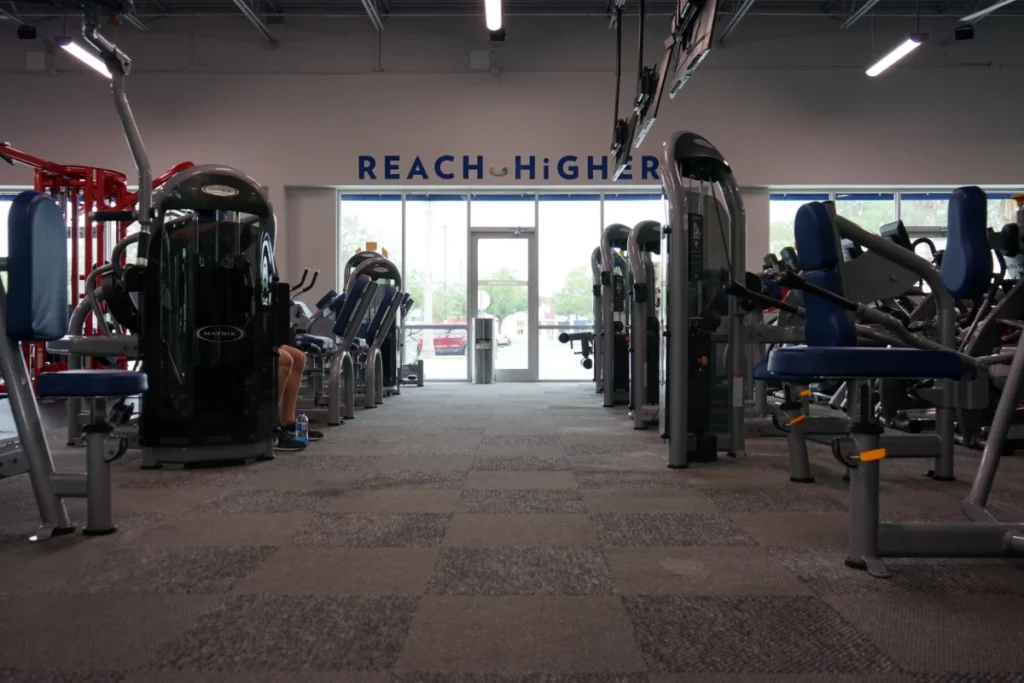Determining how much weight to lift is crucial for effective strength training. The right amount of weight can help you meet your fitness goals, whether you’re looking to build muscle, increase strength, or enhance endurance. Here’s a guide on how to determine the appropriate weight for your workouts, based on your fitness level and objectives.
Assess your fitness goals
The amount of weight you should lift depends largely on your specific fitness goals:
- Muscle strength: If increasing strength is your goal, lift heavier weights with fewer repetitions.
- Muscle size (Hypertrophy): For muscle growth, choose weights that allow for 6-12 repetitions per set.
- Muscular endurance: To enhance endurance, use lighter weights that you can lift for 12-20 repetitions.
The Repetition Maximum (RM) method
One effective way to determine the right weight for your workouts is to use the Repetition Maximum (RM) method. This involves figuring out the maximum amount of weight you can lift for a given number of repetitions.
How to implement RM
- 1RM testing: The one-repetition maximum (1RM) is the maximum weight you can lift for one repetition of a given exercise. Testing your 1RM can be risky and requires proper form, so it’s often recommended to estimate it instead.
- Estimation: Use a weight you can lift safely for 6-10 repetitions. The maximum weight you can handle for these repetitions can help you estimate your 1RM.
- Calculate training weights: Once you have your 1RM, you can calculate specific percentages of that weight to align with your training goals. For example, lifting 70-85% of your 1RM is effective for strength training.
Guidelines for different levels
Here’s a quick comparison that will help you to understand the differences between beginners and more advanced lifters.
Beginners
- Start light: Begin with lighter weights to focus on learning proper form and technique.
- Progress slowly: Gradually increase the weight as your strength and confidence grow.
Intermediate and advanced lifters
- Adjust weights regularly: As you become more experienced, your ability to lift heavier weights improves. Regularly adjust the weights to ensure they remain challenging.
- Use progressive overload: Continually increase the weight, frequency, or number of repetitions and sets to avoid plateaus.
Listen to your body
Paying attention to how your body responds during and after workouts is essential:
- Form and comfort: If you can’t maintain proper form throughout your sets, the weight is likely too heavy. Reduce it to avoid injury. If you need more assistance with the proper form, connect with our personal trainers.
- Muscle fatigue: The last few repetitions should feel challenging. If they don’t, it’s time to increase the weight.
Safety considerations
- Warm-up properly: Always start with a warm-up to prepare your muscles and joints for lifting.
- Use spotter or supports: For heavier lifts, especially with free weights, use a spotter or appropriate machine supports to enhance safety.
Final thoughts
Choosing the right weight to lift involves understanding your fitness goals, using methods like the RM to establish benchmarks, and continuously adapting based on your progress and how your body feels. And if your own weight concerns you as you take on heavier plates, here’s why weight gain from weight lifting is expected and reassuring..





